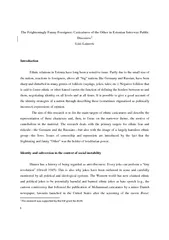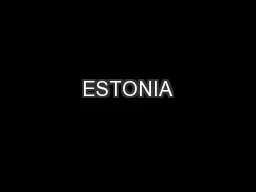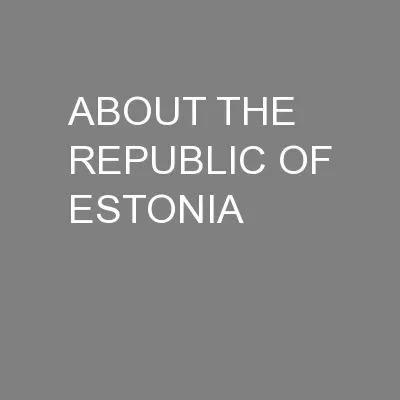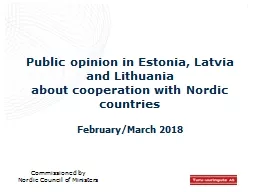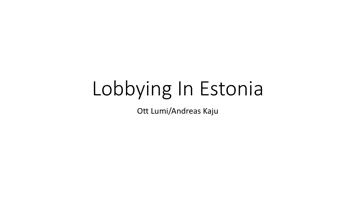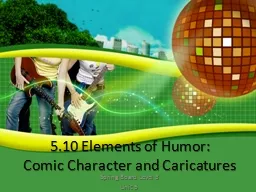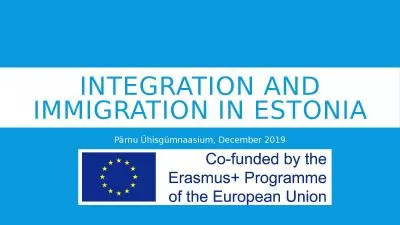PDF-The Frighteningly Funny Foreigner: Caricatures of the Other in Estonia
Author : trish-goza | Published Date : 2015-07-25
1 Liisi Laineste Introduction Ethnic relations in Estonia have long been a sensit n rr Cultural Learnings of America for Make Benefit Glor
Presentation Embed Code
Download Presentation
Download Presentation The PPT/PDF document "The Frighteningly Funny Foreigner: Caric..." is the property of its rightful owner. Permission is granted to download and print the materials on this website for personal, non-commercial use only, and to display it on your personal computer provided you do not modify the materials and that you retain all copyright notices contained in the materials. By downloading content from our website, you accept the terms of this agreement.
The Frighteningly Funny Foreigner: Caricatures of the Other in Estonia: Transcript
Download Rules Of Document
"The Frighteningly Funny Foreigner: Caricatures of the Other in Estonia"The content belongs to its owner. You may download and print it for personal use, without modification, and keep all copyright notices. By downloading, you agree to these terms.
Related Documents

